Dry Needling and How It Improves Blood Circulation for Baseball Players
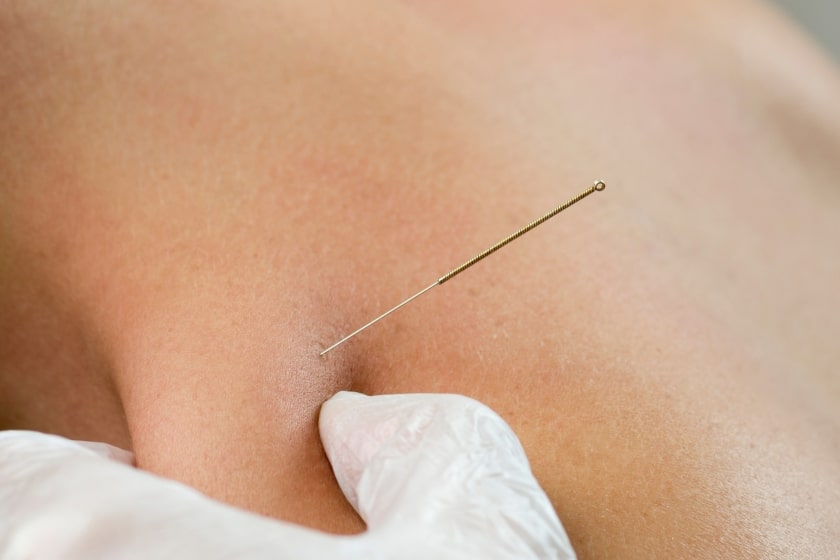
This blog breaks down how dry needling works, why blood flow is essential for baseball players, and how this treatment can become a powerful part of your recovery toolkit.
Infrared Light Therapy and How It Improves Blood Flow for Baseball Players
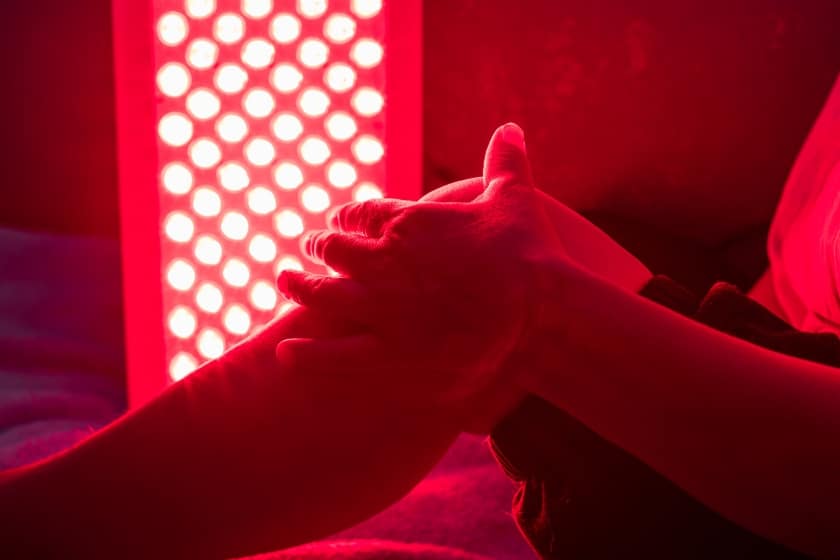
In baseball, performance doesn’t stop when the last pitch is thrown or the final out is made. What happens after the game—the recovery process—can be the difference between staying sharp all season or sitting on the sidelines with fatigue and nagging injuries.
How Knee Pain Affects Balance and Performance in Baseball

In the world of baseball, athletic precision and body control are everything. Whether you’re stepping into the batter’s box, turning a double play, or sprinting around the bases, your body’s balance is key to executing plays efficiently and safely. But what happens when knee pain interferes with that equilibrium?
When Knee Pain Gets in the Way: How to Prepare for Baseball Without Aggravating Your Knees
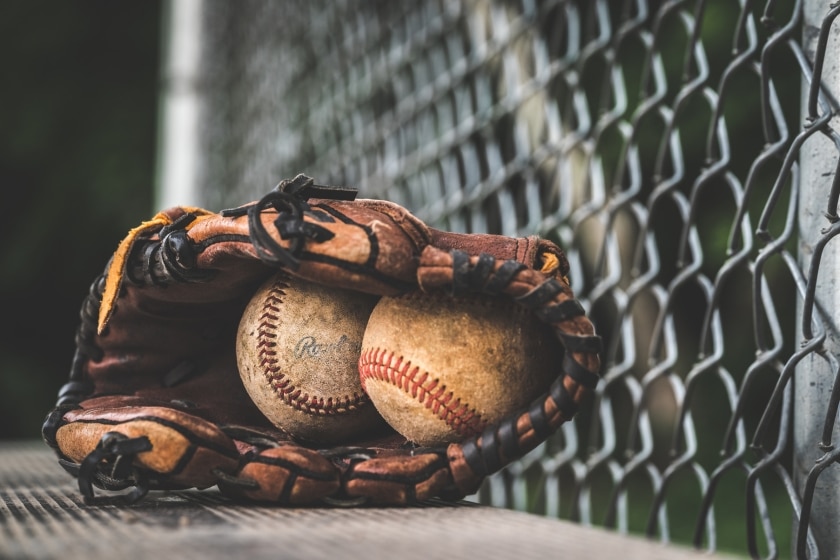
Knee discomfort doesn’t just slow you down—it can derail your whole preparation strategy, limit mobility, and eventually affect your performance and confidence on the field. In this blog, we’ll explore why the knees matter so much in baseball, how pain impacts warm-up and pre-game routines, and—most importantly—what you can do to modify your exercises and keep progressing without making things worse.
Perfecting Slide Techniques to Prevent Injury When Running to the Next Base in Baseball
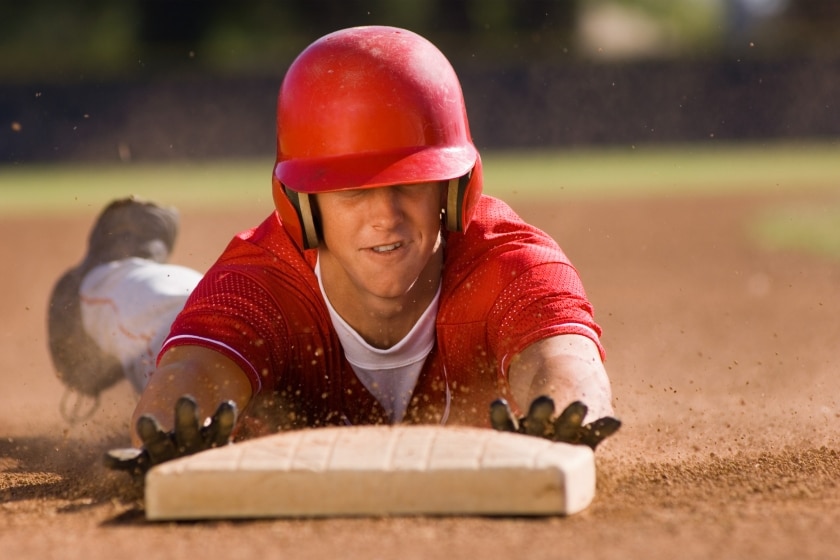
In this comprehensive guide, we explore the mechanics of safe and effective sliding, why it matters for performance, and how players at all levels can train to slide with confidence while minimizing injury risks.
Knee Strength in Baseball: Unlock Power, Speed, and Injury Prevention
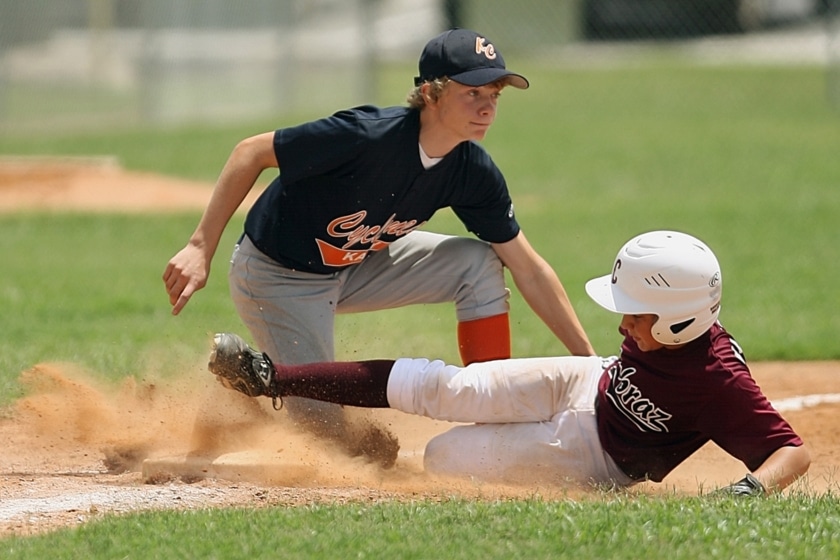
Whether you’re a pitcher, catcher, infielder, or outfielder, your knees are doing more than you realize. They’re absorbing impact, transferring power, and enabling explosive movement. Without strong, stable knees, performance dips—and injury risk climbs.
The Myth of Overtraining in Baseball
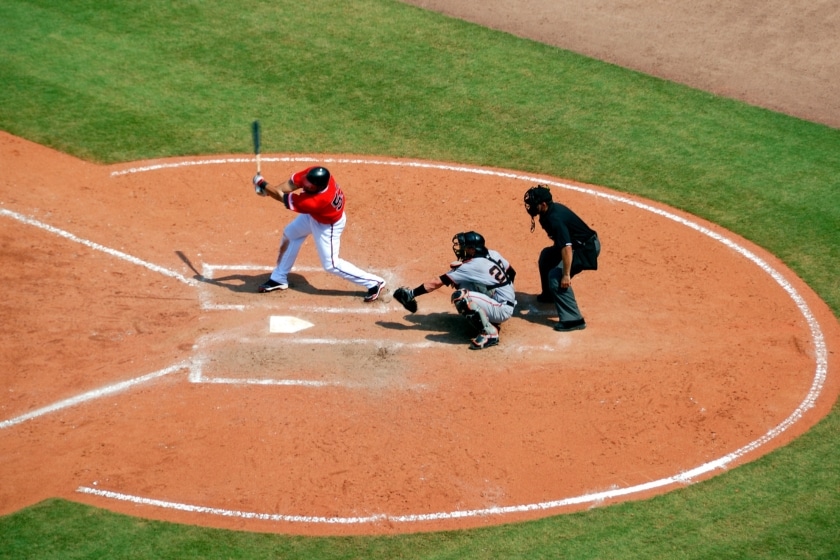
Overtraining is commonly associated with a lack of rest or failure to balance hard work with proper recovery. However, in baseball, the focus should not be on the idea that more is always harmful, but rather on how players can train smarter and listen to their bodies. Understanding the concept of overtraining in baseball requires a nuanced approach that takes into consideration the demands of the sport, the individual athlete’s physiology, and the importance of proper recovery and rest.
Acclimatizing to Warm Weather for Baseball Performance

Baseball, often known for its spring and summer seasons, demands a high level of endurance, agility, and skill. As the weather shifts from cooler to warmer temperatures, athletes are exposed to increased heat and humidity, which can have a significant impact on their performance. While many athletes may anticipate the arrival of warmer weather with excitement, it is important to remember that acclimatizing to the heat is essential for optimal performance and injury prevention. For baseball players, the process of adjusting to these conditions is not just about being able to “tough it out”; it’s about preparing the body to maintain peak performance, stay hydrated, and reduce the risk of heat-related illnesses.
Injury Prevention in Baseball: Top Tips for Playing Your Best

In this blog, we’ll cover the importance of injury prevention in baseball, as well as tips to do so. All this, will help you play your best without being put on the bench!
Workouts That Improve Baseball Performance: A Comprehensive Guide for Athletes
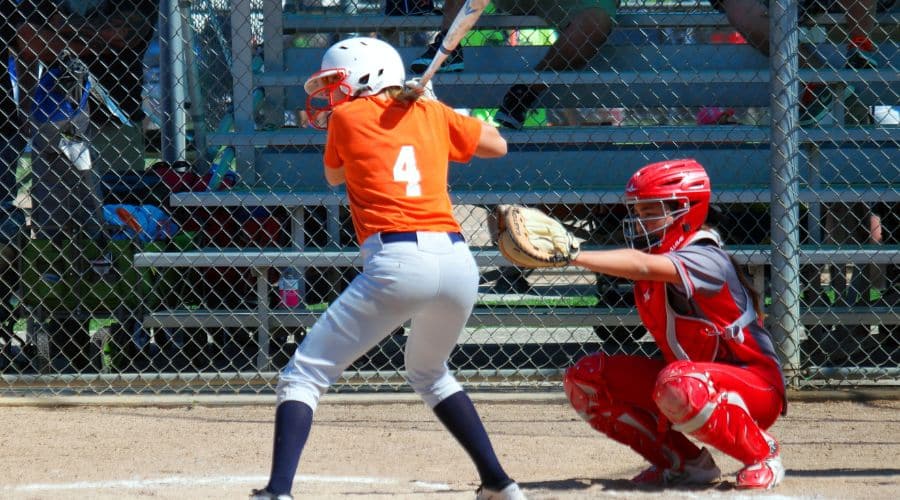
In this blog, we will cover how you can improve your performance in baseball through targeted training and exercises.
